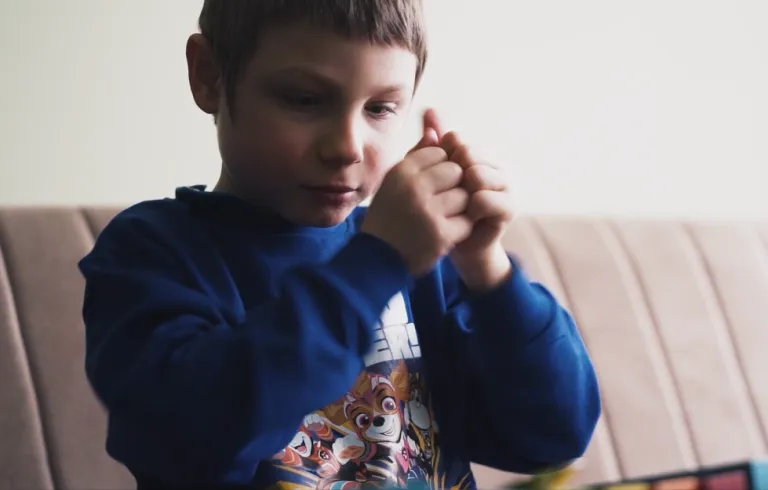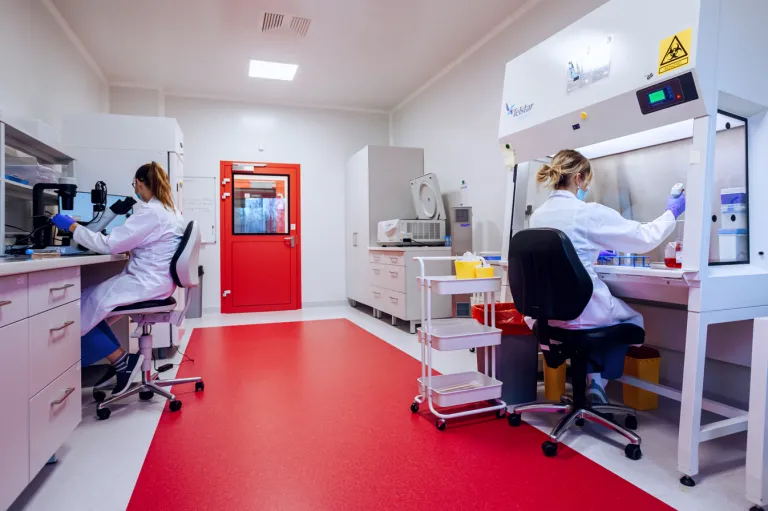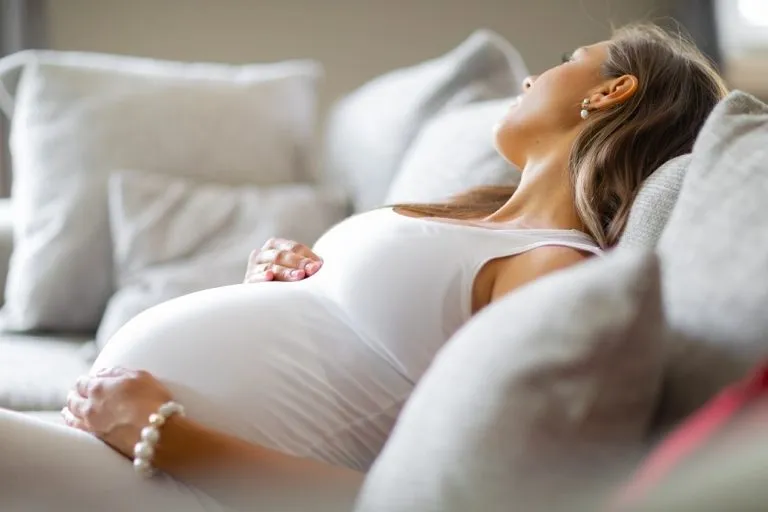The period of pregnancy is a special time for many women. If it's their first child, they eagerly await the first signs of the baby's presence. In the second pregnancy it is completely different. A woman knows her body and knows what signals to expect. He is also aware of which symptoms can be considered worrisome and which are perfectly natural during this period.
It is not only the course of the second pregnancy that is different. What usually differs from the first is the length of labor. You can also feel the baby’s movements earlier. Symptoms heralding impending labor like premonitory contractions may also appear a little earlier. What is the delivery time for first-born mothers versus mothers giving birth for the second time? When is it possible to have a second pregnancy after a C-section?
What are the differences between first and second pregnancies?
In a woman with a second pregnancy, the symptoms are quite different from those of the first. She is aware of what will happen to her body during these nine months, so she does not pay as much attention to many symptoms as she did in her first pregnancy. Although there are reports circulating online that the second pregnancy is lighter, there is no rule for this. The course of each period depends on many factors, especially the health and condition of the body of the mother-to-be.
What is known, however, is that the pregnancy symptoms a woman feels are no longer as persistent as they were with her first pregnancy. It also verifies the baby’s movements more quickly because it knows what symptoms are manifested. It is difficult for primiparous women to distinguish the presence of a toddler from the workings of the intestines. Such differences can only be seen by a mother who has given birth before.
In the second pregnancy, predictive contractions occur a little faster. A woman who is pregnant for the first time may be frightened by them. A second-time parturient will not pay much attention to them, because she knows that they are not a harbinger of labor beginning. This one, in fact, begins when the fetal waters leave or when regular contraction action arrives.
Second pregnancy vs. prenatal testing and delivery
The course of labor in the second pregnancy is also quite different from the first. Its first period in a primiparous woman lasts a very long time, up to 11-16 hours, and it is only the initial contraction activity (the solution is divided into 4 phases of different duration). The course of the first stage of labor is significantly shortened when a woman gives birth to a child for the second time. It usually does not last more than 9 hours. The parturient not only knows her body, but knows what symptoms should oblige her to go to the hospital. She is aware of the birth process and the care offered by the hospital right after the baby is born. Subsequent phases of labor go more smoothly. Mom knows what to do and listens to the midwives’ recommendations.
An important activity before delivery is prenatal testing, which is performed whenever there is a risk of birth defects in the fetus. It increases if a woman has a second pregnancy after the age of 35, so research is very important.
Second pregnancy after cesarean
If the parturient has indications for a cesarean section, she should expect a longer stay in the hospital ward and a slightly longer recovery after delivery. The pregnant woman reports to the ward the day before the scheduled surgery so that laboratory tests can be performed on her. After the birth, she is observed in the recovery room for about two hours. Only then can she be moved to the general room and, if her condition permits, she can slowly begin to get up after a few hours.
Many women after a cesarean section ask when they can have another pregnancy. It certainly should not if the suture formed after surgery has not yet fully healed. There is then a risk of serious health problems and abnormalities in the mother’s pregnancy. The decision about the possibility of having another child should be made by the woman after consultation with her health care provider.
According to doctors, the safest option is to get pregnant only 12 months after the procedure. This is the time when the body regenerates, and the damaged skin coatings will regain their elasticity. However, many gynecologists encourage a safer period – 2 years, especially if a woman would like to try a second child to give birth naturally.
Worth reading: What are the phases of childbirth step by step?
Rate this article:










